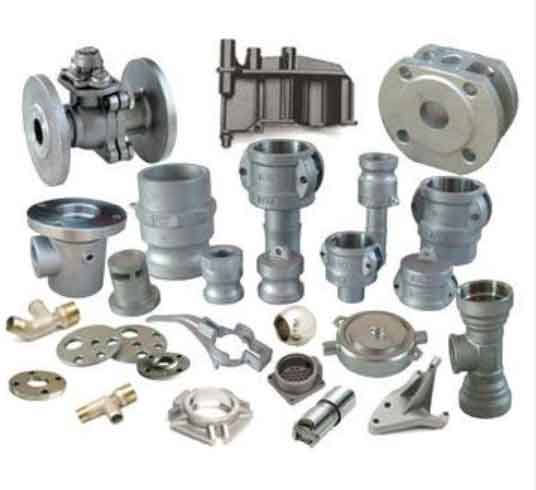Sand casting parts find innovative and crucial applications in automotive manufacturing, contributing to the production of various components that enhance vehicle performance, safety, and efficiency. Here are some innovative applications of sand casting parts in the automotive industry:

- Engine Blocks and Cylinder Heads: Engine blocks and cylinder heads are critical components in an internal combustion engine. Sand casting allows for the production of complex geometries and internal passages, ensuring optimal cooling and fluid flow, which are essential for engine efficiency and performance.
- Transmission Housings: Sand casting is used to manufacture transmission housings, which encase and protect the vehicle’s transmission system. The process enables the creation of intricate shapes and features necessary for proper gear engagement and power transmission.
- Intake Manifolds: Sand casting is well-suited for producing intake manifolds, responsible for distributing air and fuel to the engine cylinders. The design flexibility of sand casting allows for optimizing airflow and achieving improved engine efficiency.
- Suspension Components: Many suspension components, such as control arms, knuckles, and steering knuckles, are produced using sand casting. This ensures the necessary strength and durability required to handle the vehicle’s weight and withstand the forces encountered during driving.
- Brake Components: Sand casting is utilized to manufacture brake calipers, which play a crucial role in the vehicle’s braking system. The process allows for precise designs and tolerances to ensure efficient braking performance.
- Differential Housings: Sand casting is commonly employed in producing differential housings, which house the gears that allow the wheels to rotate at different speeds during cornering. The process facilitates the creation of robust and reliable differential housings.
- Exhaust Manifolds: Sand casting is used to fabricate exhaust manifolds, which collect and channel exhaust gases away from the engine. The ability to create intricate shapes and optimize flow paths contributes to improved engine performance and reduced emissions.
- Steering Components: Sand casting is applied in manufacturing steering components like steering knuckles and housings, providing the required strength and rigidity for precise steering control.
- Chassis Components: Various chassis components, such as crossmembers, are often produced using sand casting. The process allows for the integration of mounting points and reinforcement ribs, enhancing the overall strength and structural integrity of the chassis.
- Wheel Hubs: Sand casting is used to create wheel hubs, which serve as the interface between the vehicle’s wheels and axles. The process ensures the necessary strength and precision for reliable wheel mounting.
The ability of sand casting to produce components with complex geometries and cost-effectiveness makes it a preferred choice for many automotive applications. Additionally, the design flexibility and quick prototyping capabilities of sand casting enable automotive manufacturers to innovate and develop new components that meet the ever-evolving demands of the automotive industry.
